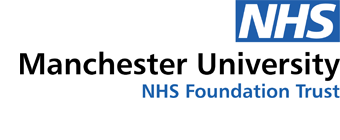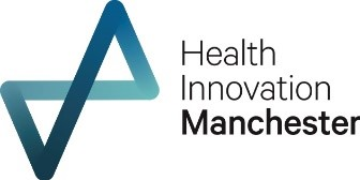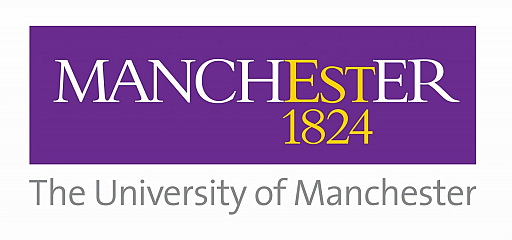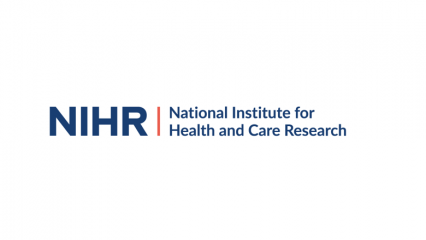A city that cares: introducing our health and social care objectives
Julie Harrison, CityVerve project lead at Central Manchester University Hospitals NHS Foundation Trust, blogs about the health and social care theme.
One of the most amazing things about the development of new technology is the way that it has improved healthcare.
And as we enter the digital age, ‘health-tech’ only promises to get better and better.
Within the CityVerve project, we’re looking at how the Internet of Things (IoT) in particular can do great things for provision of healthcare in cities.
It’s all about connectivity: using IoT to join people together across our population of 2.5 million.
As well as this, we’ll be using technology to assist with the day-to-day practicalities of providing health and social care across all of Manchester.
Whether by improving practitioners’ mobility and efficiency or providing patients with the ability to better manage their conditions themselves, the focus is on making the best use of the resources we have.
Our health and social care theme is centred around three key use cases: a ground breaking Chronic Obstructive Pulmonary Disease (COPD) treatment project; community wellness; and an initiative we call ‘augmented neighbourhoods’.
And breathe…
The flagship project for this theme is the COPD use case.
COPD is the name for a group of diseases like bronchitis and emphysema that make it difficult to empty air out of the lungs.
In the UK, a total of 1.2 million people have been diagnosed with COPD. There is a high incidence of COPD diagnosis in Greater Manchester, where environmental factors seem to be particularly bad for patients with breathing difficulties.
Air that is very cold, hot, or dry can trigger a COPD flare-up, so as part of the CityVerve project we are developing a smartphone app that can relay information about air conditions directly to patients from sensors in their home and the wider city.
The app will alert its users if the sensors in their home detect an unhealthy temperature, or if particular parts of the city are badly polluted that day. There will also be a map feature to highlight COPD-friendly social areas.
In addition, the app will be linked to a smart inhaler which will record how often it is being used – and can advise the patient to order a new prescription when it’s running low.
And since it has been proven that exercise is good for people suffering from COPD, the app also reminds users to take part in physical activity and keeps a log of how much they’re doing.
The beauty of the app is that it empowers people to take control of their own health.
It gives the patient all the information they need to make their own choices about how to care for themselves. They will be prompted to exercise, for instance, but actually deciding whether or not to do so is left to them.
Doing things in this way brings care back into the community and into the home, rather than simply telling patients what to do.
And, because the app can be connected to CityVerve’s data platform, it acts as a tool for passive monitoring too – a system through which GPs can receive regular updates from a patient’s devices.
This means health professionals can see what is going on with their patients without having to book face-to-face appointments, saving both parties significant stress and time.
Good neighbours
The augmented neighbourhood initiative is all about streamlining services and resources so that we get to see as many patients as possible. We do this by making sure that those who need care the most are seen first.
At the moment, community nurses spend a great deal of time travelling around from patient to patient, or travelling back to the centre to pick up kit that they can’t carry around with them.
But if you can reduce the time staff waste in travelling, you can make the provision of care that bit better.
So we’re using IoT technology to speed this process up; when a nurse out on a home visit realises they need a piece of equipment, they can signal the equipment transport system (in simple terms, a ‘man with a van’) to bring the kit to them.
Similarly, community nurses can use passive monitoring to work out if it’s truly necessary to visit a patient (more on this later). If it’s not, they can save themselves a journey – and instead spend that travel time with other patients.
Passive systems
The backbone of the augmented neighbourhoods initiative is passive monitoring – a system which also plays a role in the other two key use cases.
Passive monitoring is a way of keeping tabs on a patient that is non-invasive and time effective.
In the COPD use case, passive monitoring involves an app and a smart inhaler which transmits information to the GP, so they can keep an eye on the patient from afar.
But you can widen this system even further; if somebody requires a more intensive level of care, you can set up passive monitoring sensors in their home to check that they are up and about.
Currently, if a patient is due for a visit, a nurse has to go and check on them, even if they don’t necessarily require direct attention. This won’t be a problem with passive monitoring.
Deploying staff in the right way at the right time is the key practical aim for the health and social care theme, as it has an all-round impact on the speed and quality of care (and its beneficial for our nurses too).
It’s not just about medical staff, though – people in the community can be caring too. This is where our community wellness programme comes in.
Within this, PlaceCal aims to reduce social isolation – a leading public health issue, especially for the over-50s. Its aim is to have a social calendar readily available and accessible for a cohort of residents in Manchester to help encourage social engagement.
Another facet of community wellness is encouraging people to exercise. A good example of this is the BeeActive app being developed at the University of Manchester which incentivises people to get off the bus a few stops early and walk.
What’s next?
While it’s been tricky at times to organise all the moving parts of our health and social care theme, it’s all good news so far.
We’re seeing a real change in the mind-set of patients. Where initially there was some uncertainty over the value of the app, people are now looking forward to being able to start using it.
The main aim of this theme is to help people to help themselves; since people are already living their lives using technology, it would be silly to not tap into that.
Ultimately, by empowering people to take charge of their own health, we can bring health and social care back into the community where it works best and where it belongs.
It’s also good to remember that there is a practical advantage to the adoption of IoT in healthcare in Manchester; we can make care more efficient and effective by targeting it where it is needed.
After all, this is a city that cares.
For further information about CityVerve, visit their website and follow the project on Twitter (@CityVerve).





